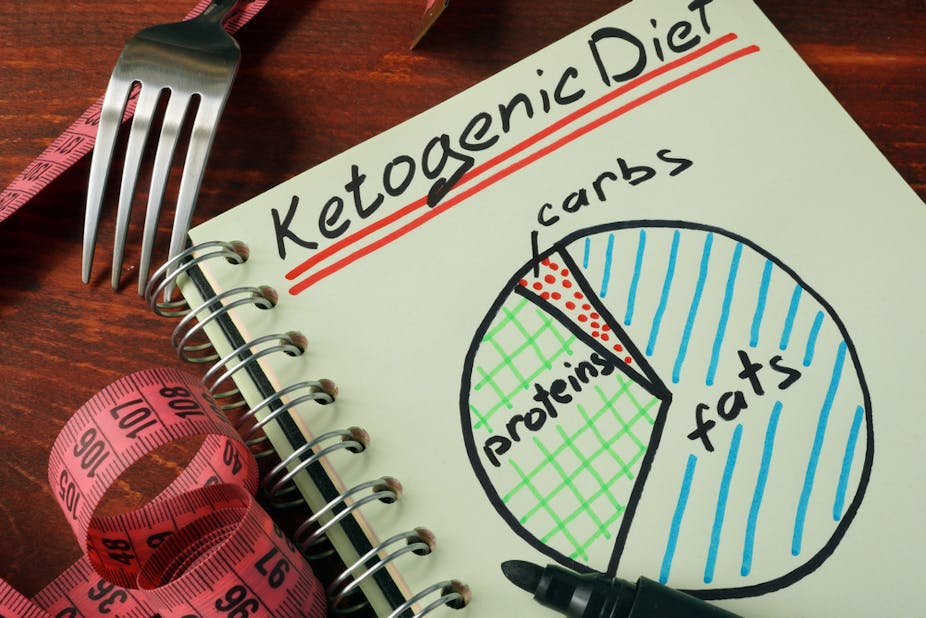Many individuals with diabetes wince when they hear the words low carb count calories. Be that as it may, I address you now from individual experience, it's not such a troublesome eating routine. It may not be as simple as an unadulterated chocolate eat less carbs, yet once you move it gets less demanding every day.
How I began a low carb abstain from food
I'm not a therapeutic expert or sustenance master of any kind, and the counsel I'm sharing depends without anyone else experience (and achievement). I began following a low carb count calories on the grounds that through experimentation I perceived how much less demanding it was to deal with my blood glucose when I didn't eat carbs. What's more, when I thought about what it truly intends to have diabetes, the low carb eating regimen appeared well and good. On the off chance that my body can't process sugars, I shouldn't fill it with them. I stressed, however. What might life resemble without carbs? My eating routine comprised generally of carbs. I couldn't generally envision not eating them.
I knew whether were to get up one morning and quit eating all that I adored, I'd be eager and cantankerous. Thus, I thought of an arrangement to surrender carbs step by step and transformed into a low carber effortlessly. The following are the means that helped me. In the event that you are thinking about a low carb consume less calories, I trust they'll help you, as well. What's more, recollect, on the off chance that you roll out improvements to your eating routine, you should alter your diabetes drug. Counsel your specialist or medicinal expert before beginning this or some other eating routine.
1. I disposed of sugar. White. Dark colored. High Fructose Corn Syrup.
On the off chance that I could do this, I could do anything.
This progression showed me to peruse names deliberately, get some information about what's in the nourishment I was being served, and made me mindful of what amount 'shrouded' sugar is out there. I took as much time as is needed doing this, and didn't drive myself to push ahead with whatever remains of my eating routine until the point when I was rationally prepared.
The initial step alone – removing sugar – prompted weight reduction and better glucose levels, and still enabled me to eat carbs at whatever point I needed, just not sweet carbs. I made an effort not to swap sugar for different sweeteners. The thought was to get my body used to eating nourishment that wasn't sweet. When I had longings for desserts, I attempted to fulfill them with organic product. I swapped my morning dish of oat for plain yogurt with nuts and berries. I began having eggs for breakfast.
2. I ate at home.
I attempted to eat at home as regularly as could be expected under the circumstances, and stay away from allurement. The initial couple of weeks without sugar were hard, so I didn't purchase my espresso in pastry kitchens. I didn't stroll down the treat path in the grocery store.
This progression required a specific measure of against social behavoir. It implied saying "no" when my companions welcomed me over. As my body balanced, in any case, allurement wasn't a major issue. I backpedaled to my ordinary schedule, and quit worrying about what I could or couldn't eat.
3. I cut out white flour.
This progression moved me into the universe of entire grains. I endeavored to stick to grains (pseudo-oats) with a lower GI like quinoa and buckwheat. Periodically, I ate low carb bread or a little part of entire wheat pasta. I expanded my veggie consumption. Simmered cauliflower, green beans, broccoli, spinach, green serving of mixed greens… I endeavored to have no less than one veggie at each feast. Indeed, you can have veggies for breakfast!
4. I cut out white rice, and once in a while ate darker rice.
5. No more potatoes. (French fries consider potatoes!)
Despite everything I ate little measures of sweet potatoes, alongside non-dull vegetables.
6. I diminished grain allow significantly more.
By this point I had altogether diminished my admission of starches. I began to concentrate on curtailing all carbs. I nibbled on nuts. On the off chance that I ate a sandwich, I ate just open-looked to limit bread consumption. I took considerably littler bits of entire wheat pasta or darker rice. I started to add fat to my eating regimen to abstain from feeling hungry. Greasy cheddar. Spinach in cream and spread. Nut margarines. Loads of them.
7. I quit eating corn (even popcorn).
8. I decreased entire grain admission to just once every day.
9. I conveyed almonds with me all over the place. I started to consider them a player in my diabetes treatment. An impeccable bite.
12. Glucose tablets, not sustenance, to treat lows. I understood a low doesn't mean eating everything in locate.
13. I quit having after supper. I did my best to have enough at supper with the goal that I would not like to eat again at 10:00 p.m. This manage shielded me from going to bed with high glucose, or expecting to take insulin late during the evening.
14. I overlooked every one of the general population revealing to me I was eating excessively cheddar.
15. Natural product. I set points of confinement. I ate berries rather than grapes. A large portion of an apple. No bananas. I held onto the cucumber as a speedy tidbit.






